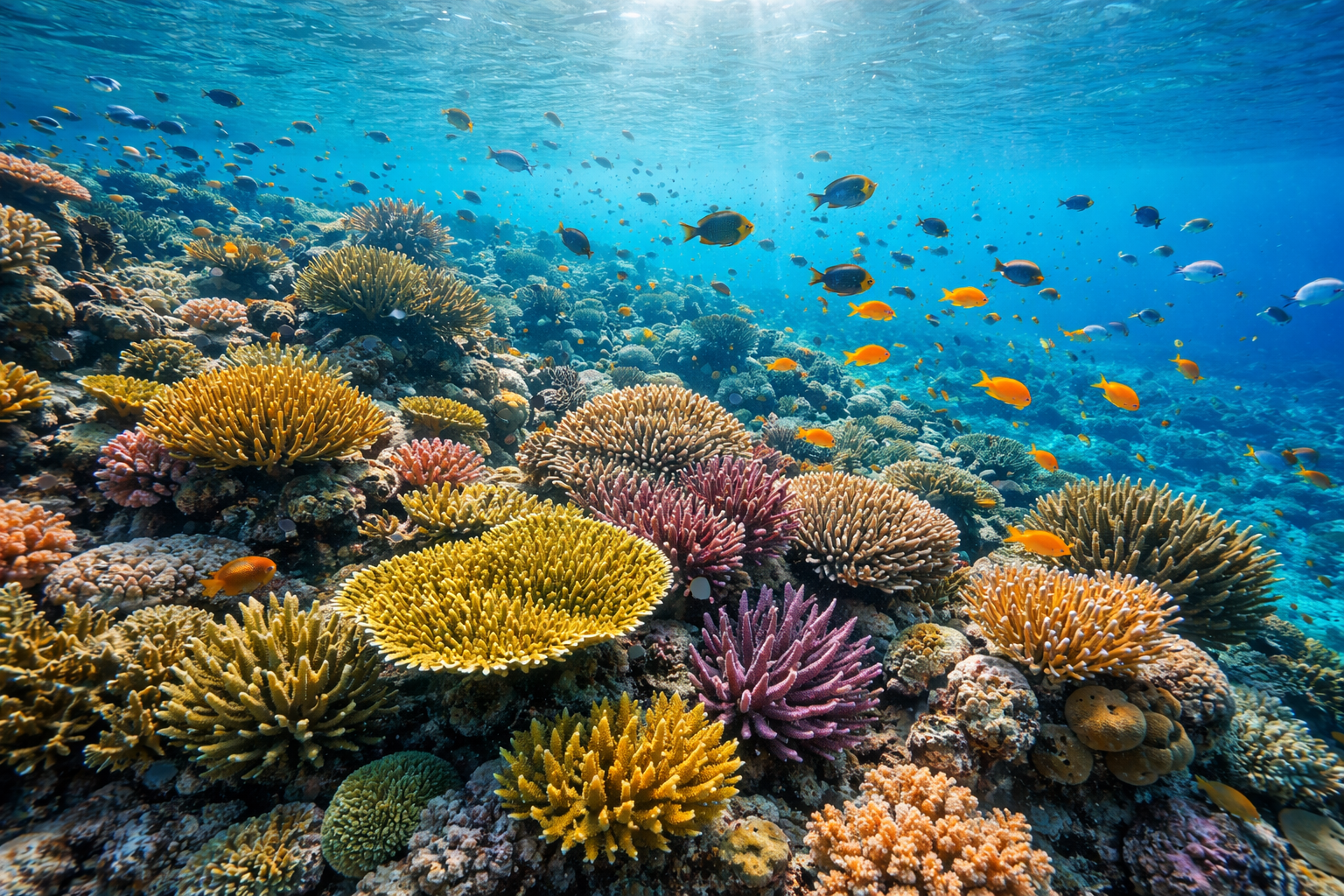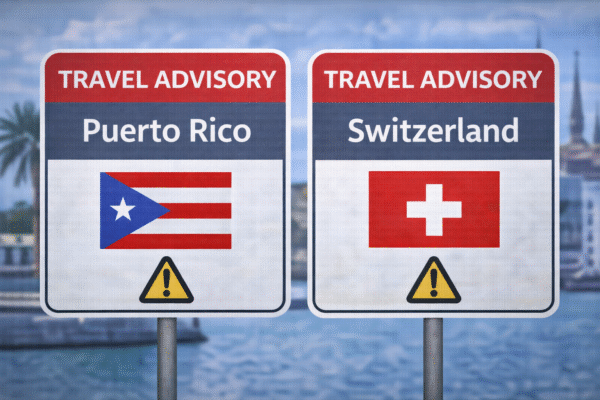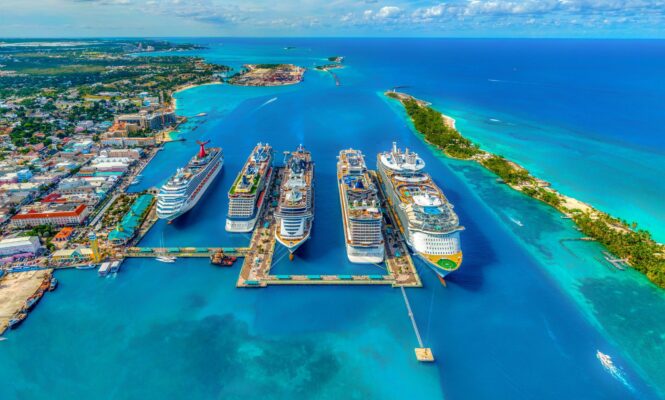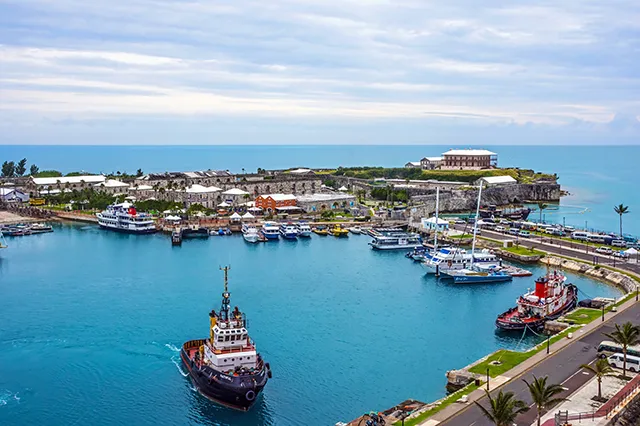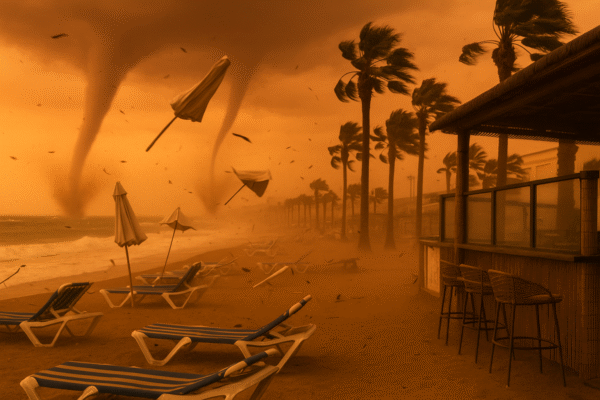On August 18, 2025, southern Spain’s beaches became the scene of an unprecedented natural disaster when a weather phenomenon dubbed Satan’s Storm struck with violent force. Tourists lounging along the Costa del Sol and Costa Tropical were suddenly caught in a blistering 40°C heatwave paired with tornadoes and waterspouts. What had begun as a vibrant summer afternoon turned into sheer panic as beach umbrellas snapped like gunfire, palm trees bent in unison, and glass-fronted terraces shattered under the pressure of winds topping 85 km/h (53 mph).
Families fled in haste, bundling children into buses as emergency sirens wailed. Police enforced swift evacuations, while hotel staff rushed to shelter stranded guests. Eyewitnesses described an orange-tinted sky, with lounge chairs spiraling like Frisbees above the sand. The storm lasted little more than three hours but left behind a landscape resembling a battlefield of twisted metal, broken glass, and deserted beach furniture.
Tornadoes and Waterspouts Tear Through Resorts
The areas worst affected were Motril and Almuñécar, two of Andalusia’s most popular beach towns. Waterspouts churned the Mediterranean Sea while tornadoes roared inland, uprooting palm trees and sending debris flying.
One of the most dramatic incidents occurred when the roof structure of a hotel swimming pool was ripped from its foundations and hurled into the street. In several resorts, rows of sunbeds were launched across terraces, shattering railings and scattering debris. Beach vendors lost stalls, and holidaymakers were forced to abandon belongings as they ran for cover.
Emergency crews reported at least five water rescues, while others were treated for minor injuries and panic attacks. For many tourists, the dream of a Mediterranean escape turned into a harrowing survival ordeal.
What Is Satan’s Storm?
Meteorologists from Spain’s national weather agency, AEMET, later confirmed that the disaster was triggered by a rare heat burst, a sudden spike in air temperature caused by collapsing thunderstorms. These bursts can instantly transform calm skies into violent storms. The event’s nickname, Satan’s Storm, stems from the sudden leap in temperatures combined with destructive tornado-like winds.
Such events are extremely rare in Europe. The last globally significant case occurred in Kopperl, Texas, in 1960, where nighttime temperatures soared unexpectedly, causing panic and destruction. The Spanish storm now enters meteorological history as one of the most violent heat bursts to strike a European coastline.
Impact on Spain’s Tourism
Spain’s southern coastline thrives on tourism, with millions flocking annually to the Costa del Sol and Costa Tropical. Resorts in Málaga, Motril, and Almuñécar are known for their calm Mediterranean waters, seafood dining, and family-friendly beaches. However, this storm has cast a shadow over the region’s image as a safe summer haven.
Though most visitors escaped unharmed, many cut holidays short, boarding early flights home. Hoteliers are now dealing with extensive repair bills: damaged rooftops, shattered boardwalks, and sandblasted terraces. Local tourism boards are already in discussions with emergency planners to ensure that resorts are better prepared for future extreme weather.
Climate Change and Rising Risks
Experts warn that climate change is intensifying weather extremes in southern Europe. Spain has faced repeated heatwaves and wildfires in recent years, and the emergence of a destructive storm of this nature underscores the fragility of coastal ecosystems.
Scientists suggest that warmer seas and rising temperatures increase the likelihood of sudden heat bursts and violent storms, meaning Spain’s resorts may face more frequent disruptions. Tourists planning future holidays are urged to remain vigilant, check AEMET weather alerts, and prepare for rapid changes in conditions.
Looking Ahead: Safety and Sustainability
As Spain clears the wreckage left by Satan’s Storm, local leaders are calling for a new era of coastal safety and sustainable tourism. Emergency drills, reinforced resort structures, and improved evacuation procedures are already being discussed.
For travelers, the lesson is clear: the Mediterranean, while idyllic, is no longer immune to climate extremes. Future beach trips may require not only sunscreen and swimsuits but also an awareness of weather resilience.
Despite the shock, Spain’s tourism industry is resilient. Hotels are expected to reopen swiftly, and international visitors remain eager to return to Andalusia’s golden sands. Yet, the storm has etched a powerful reminder: even paradise has its limits.
For more travel news like this, keep reading Global Travel Wire

